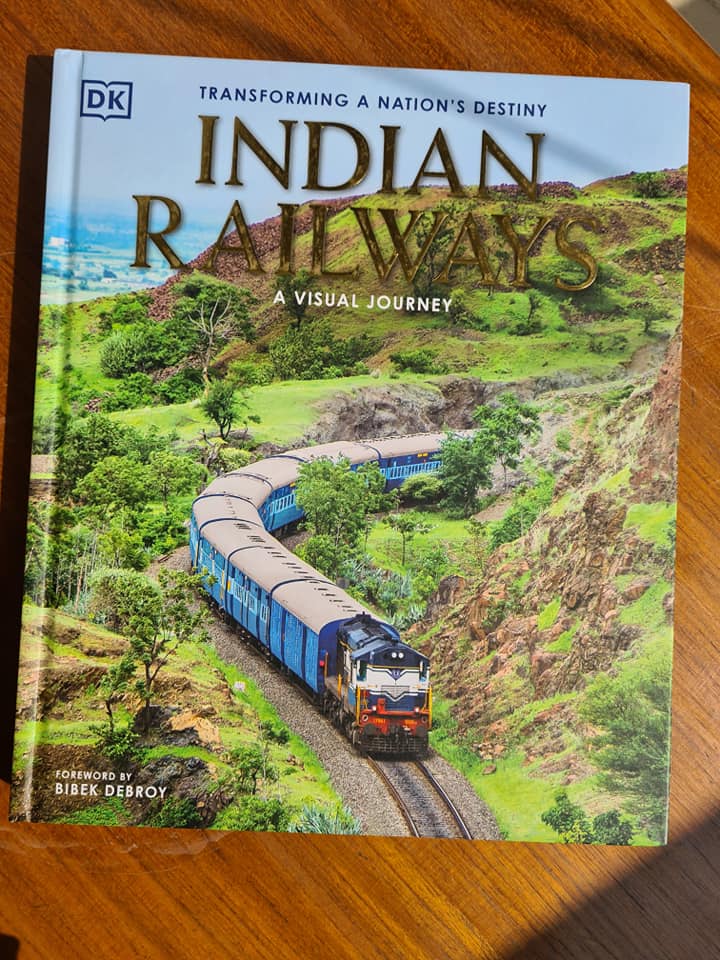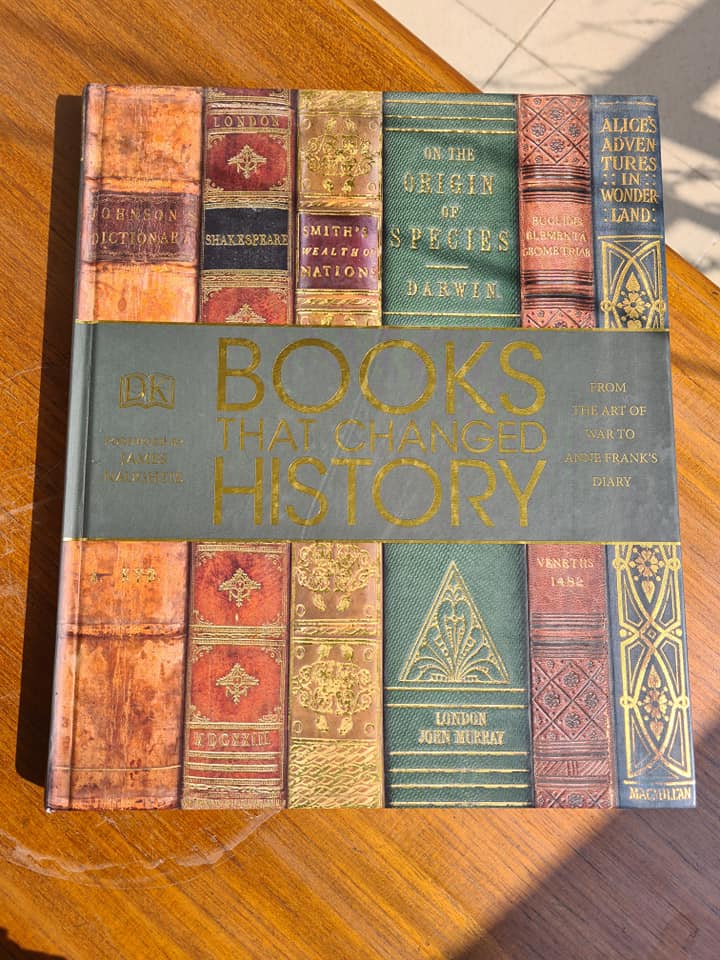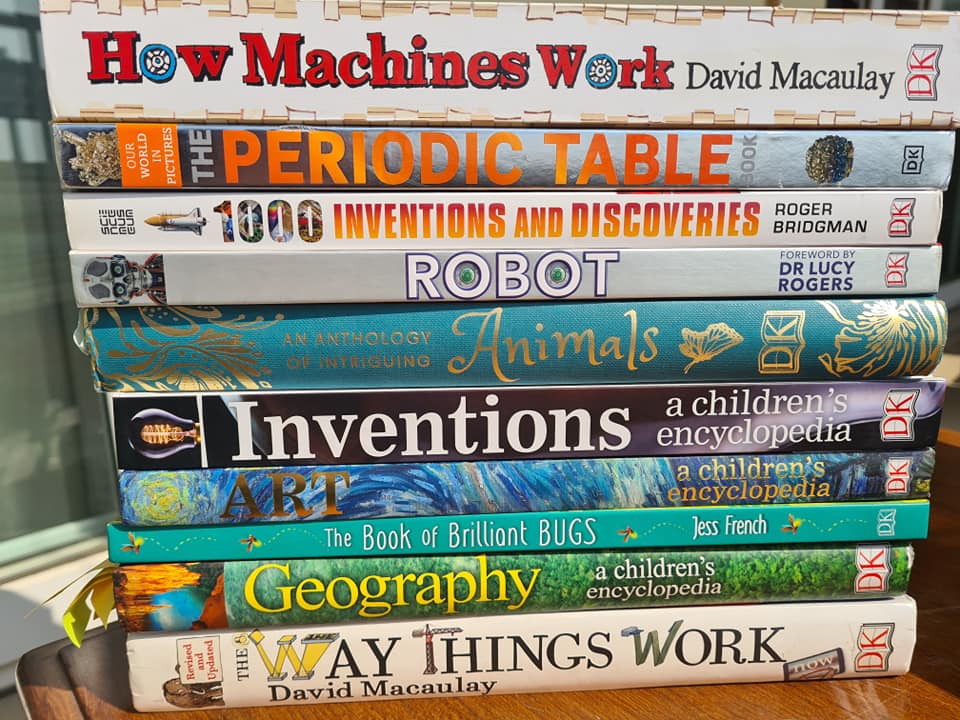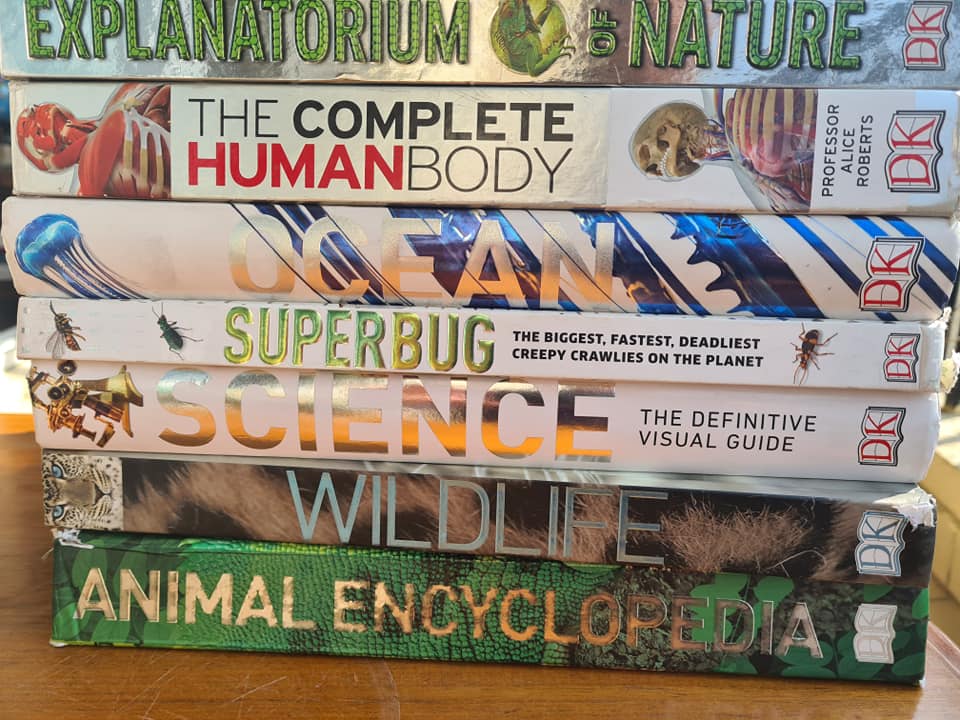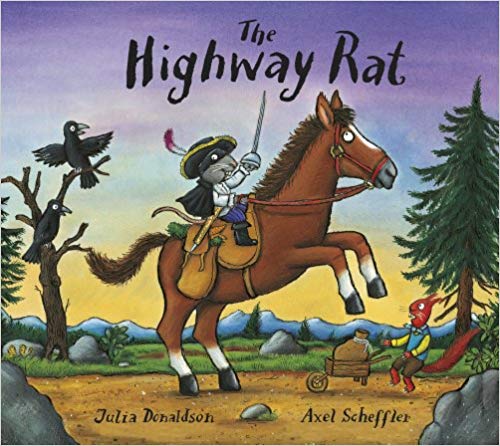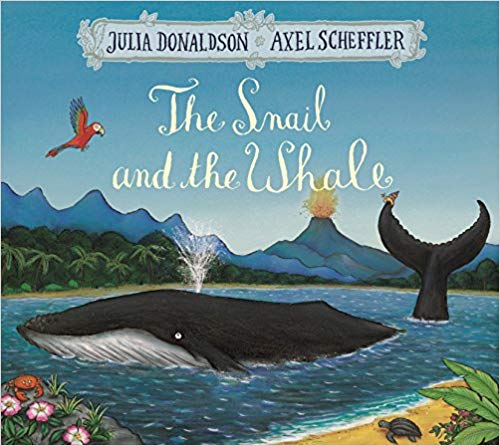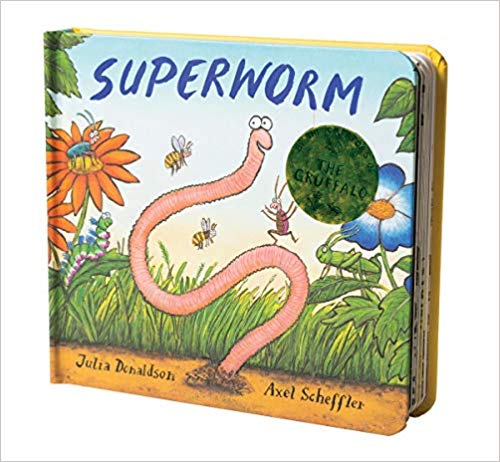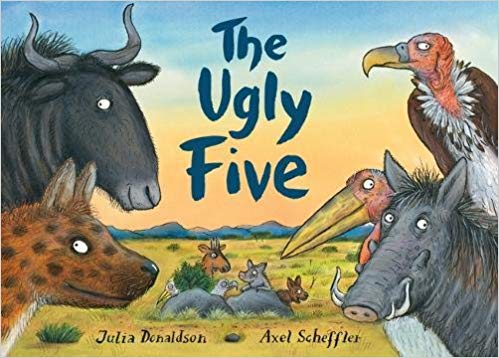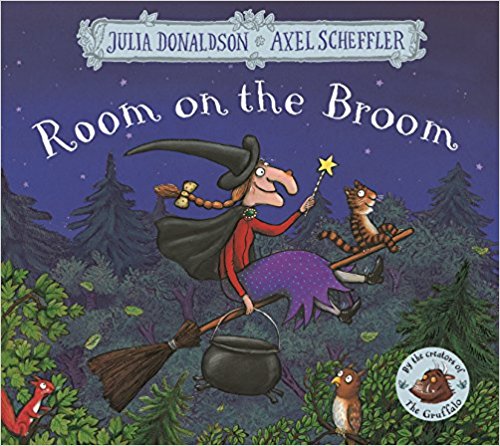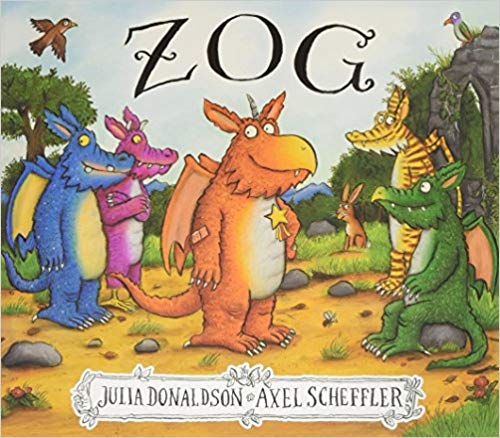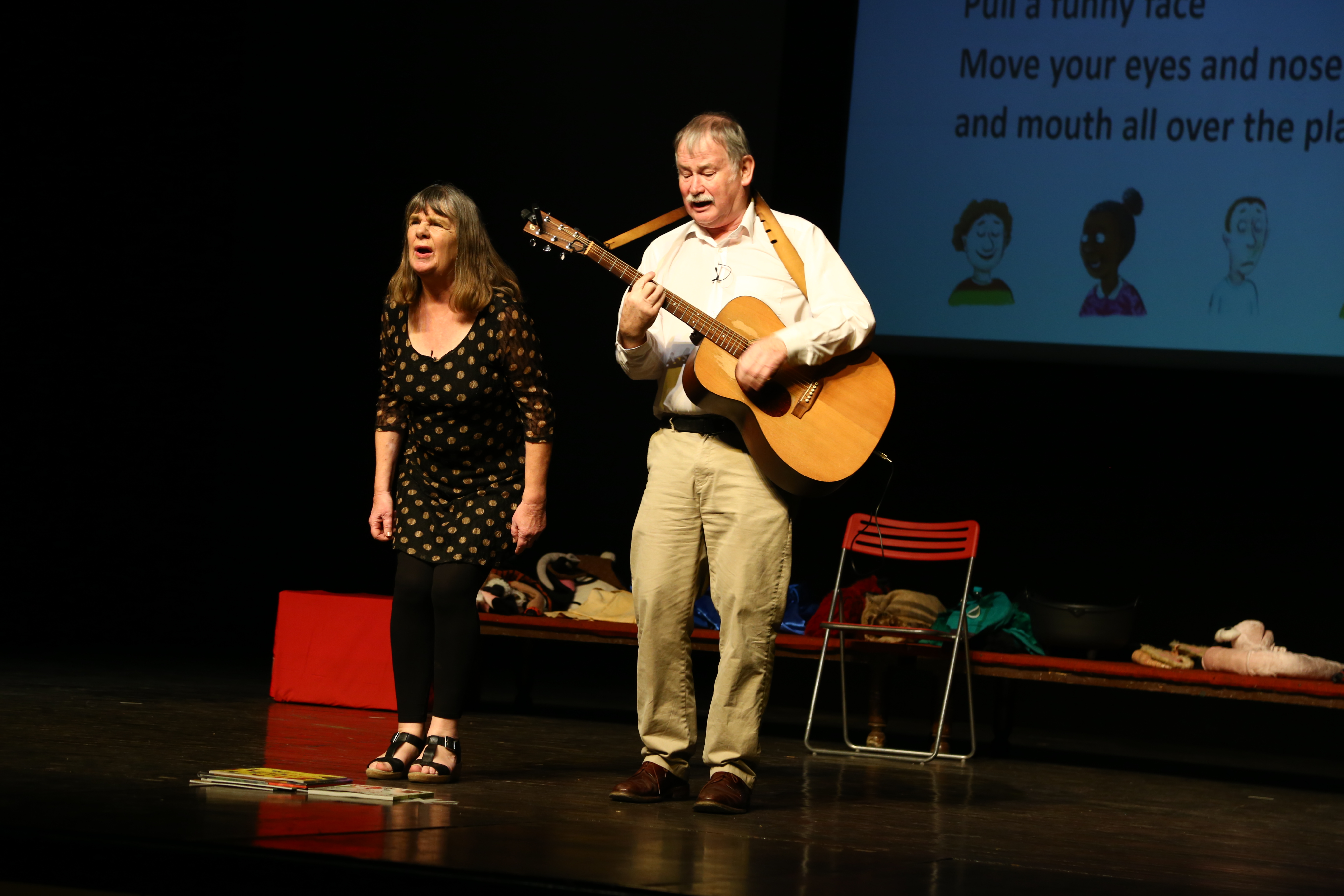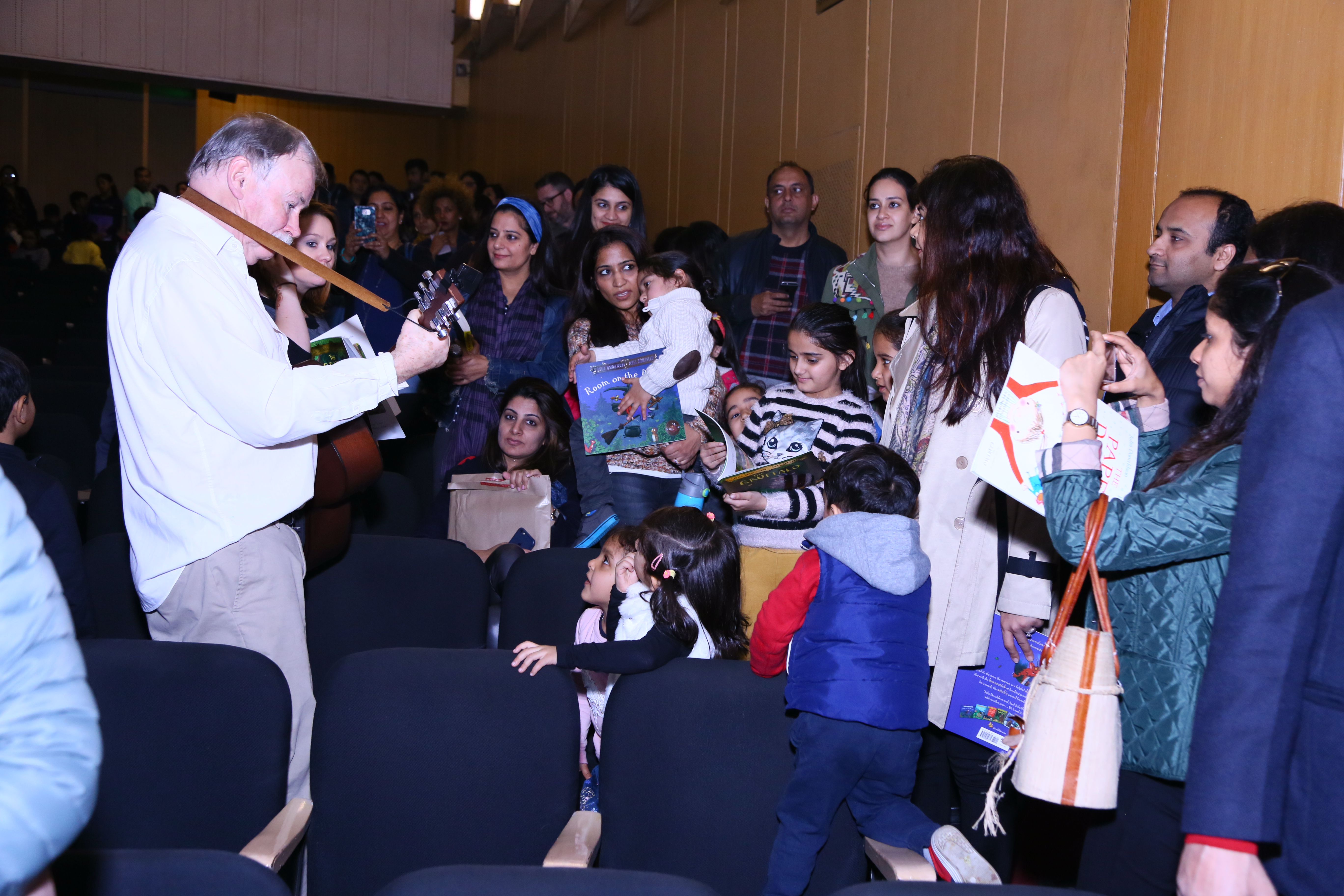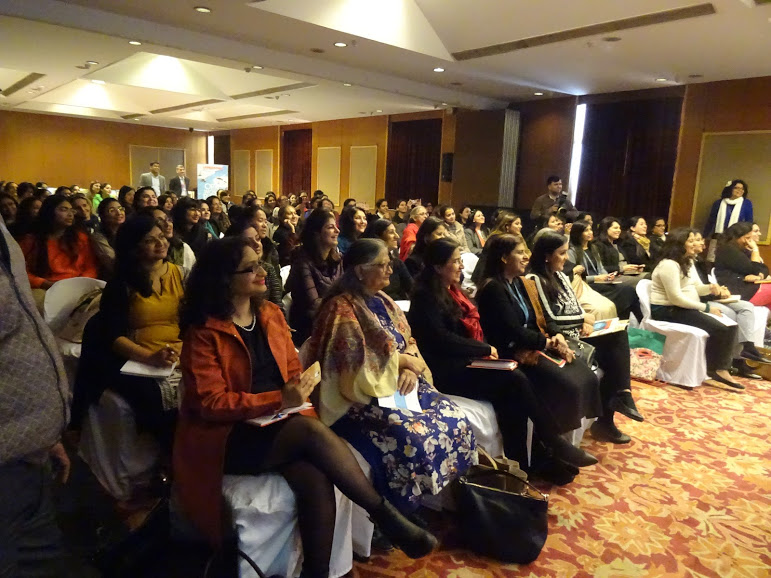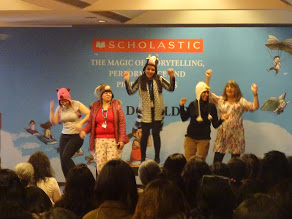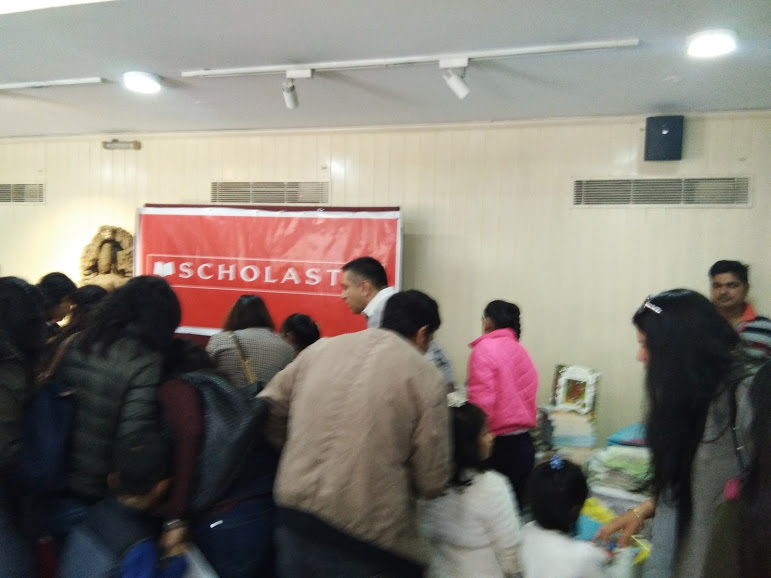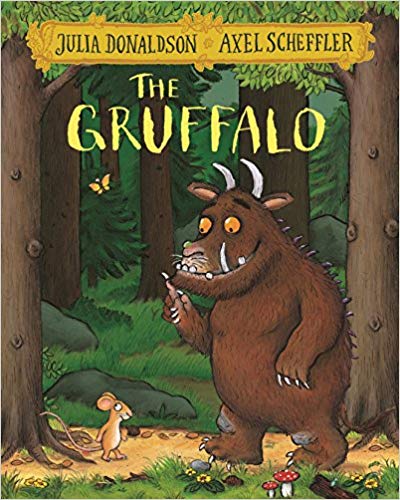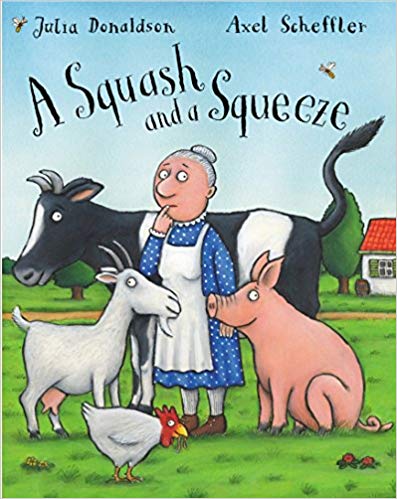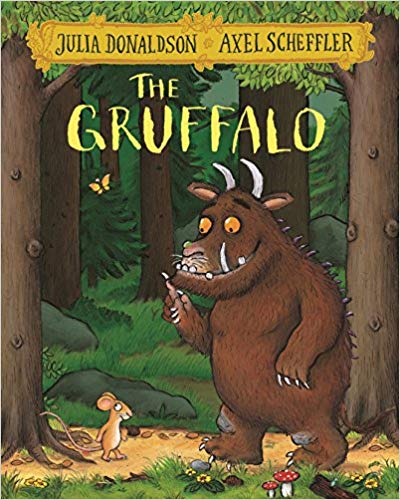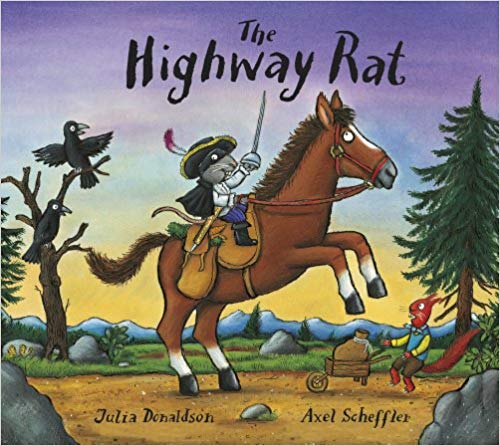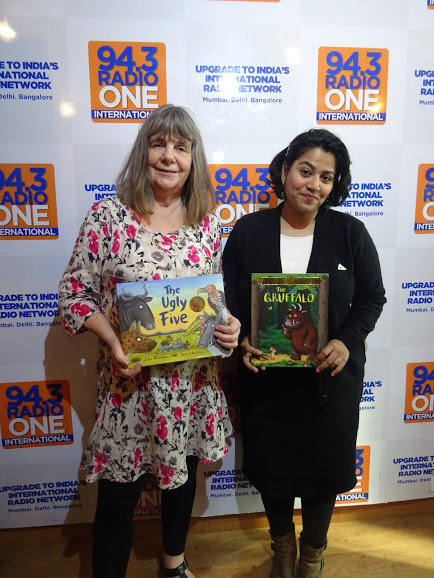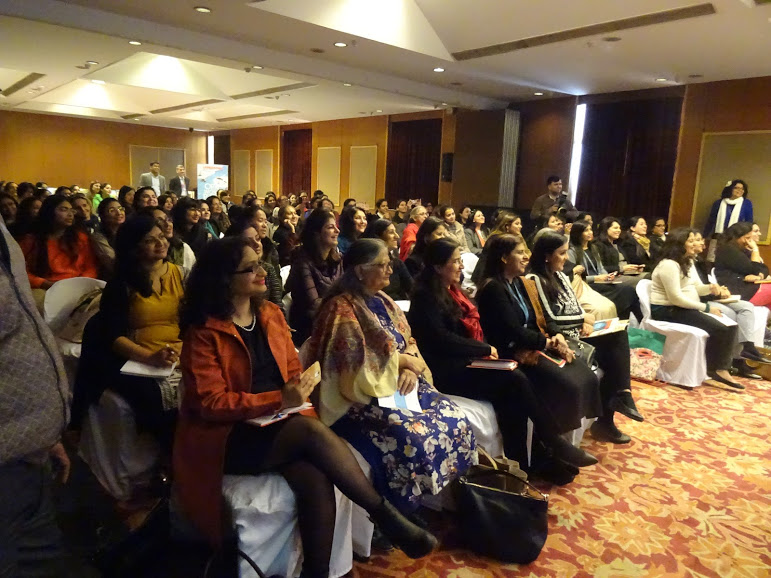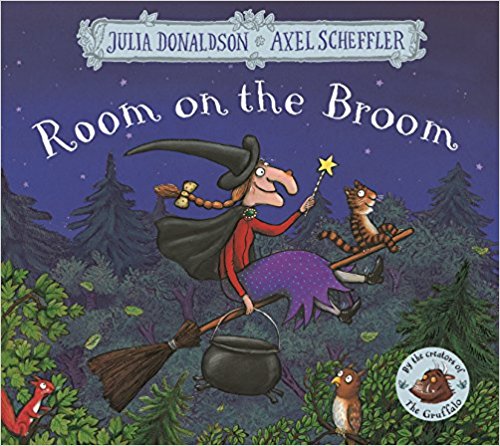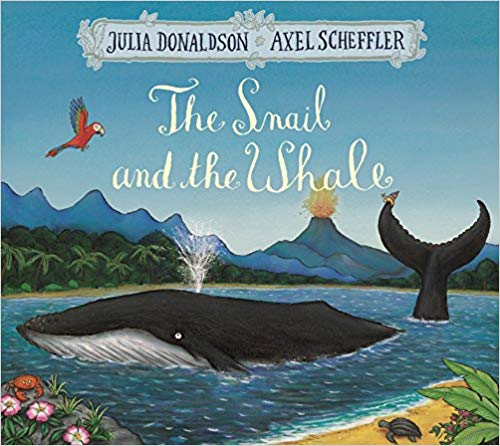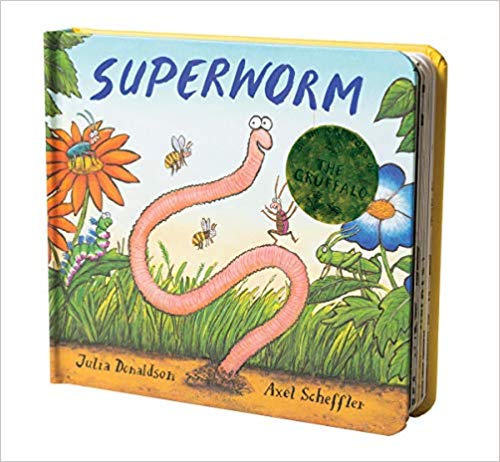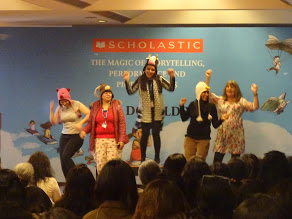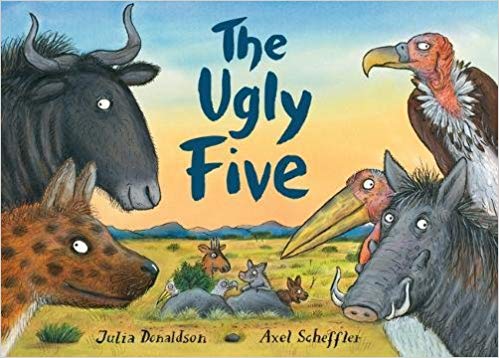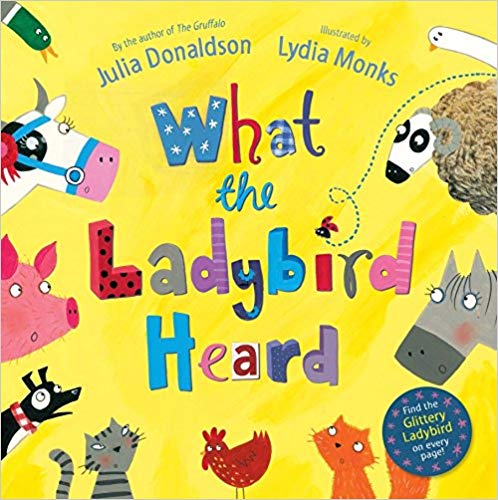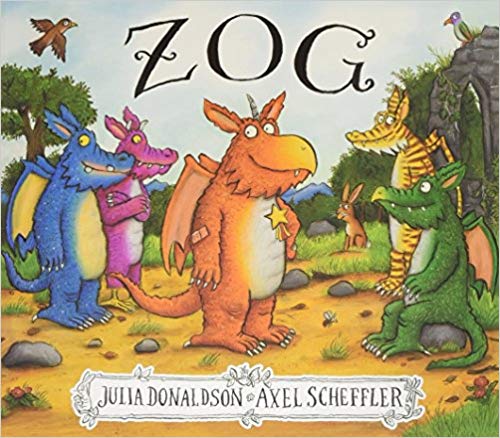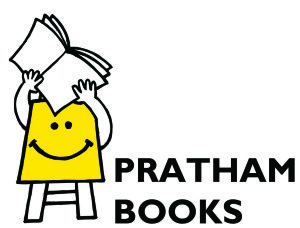DK Books – Excellent resource material
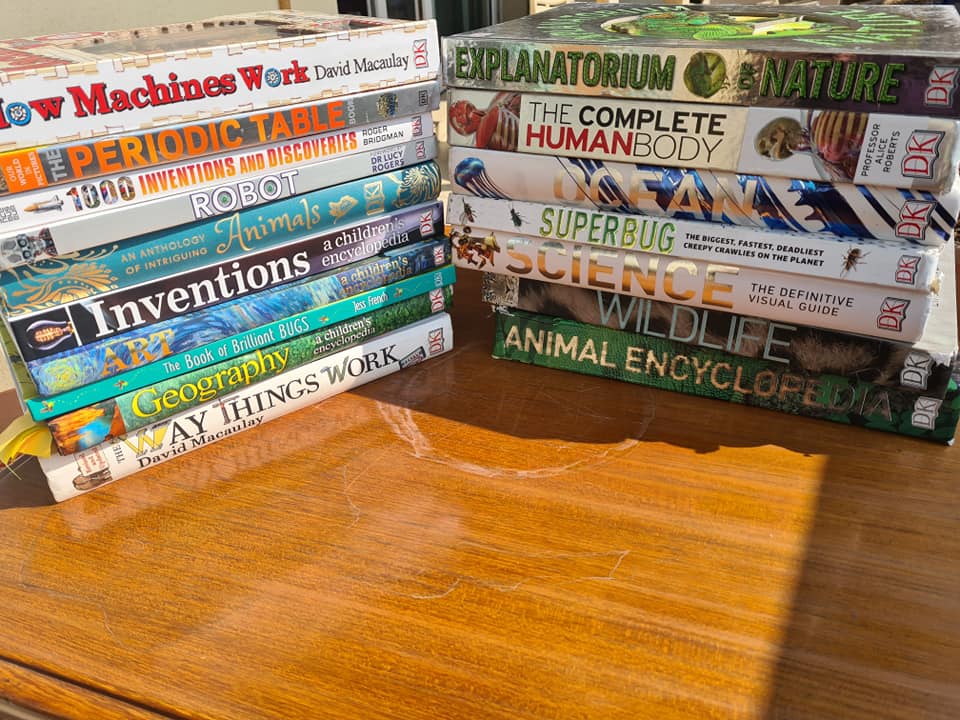
A pile of Dorling Kindersley books that Sarah has amassed over the years. They form the core of her library. An absolutely brilliant set of books that are created by teams of experts. Each page layout is done with care to detail, facts, and matching the text with the image. Children of today are #visuallearners and are fortunate to live in an age where books exist that are profusely illustrated with photographs. So they get doses of reality, a visual mapping, while learning becomes an enjoyable experience. These encyclopaedias are so packed with information but the pictures hold prominence in every layout. An interesting methodology to book design as the child immerses themselves in the book, absorbed by the visual richness and slowly, over a period of time, familiarises herself with the text. It is important to note that the text never dumbs down the facts. It presents them as is.
Some of these books were gifted to Sarah when she was 7+ and my goodness, how they magically transformed her reading experience. She would sit for hours looking at the pictures, flipping pages and as her #literacyskills became stronger, she began to make sense of of text too and identify more about the creatures, plants, organisms, experiments, objects, geography, weather, etc presented in the books. These books snapped her out of only being absorbed by picture books and story books. There is some merit in kids being allowed their free time to.do exactly as they please, whether it is daydreaming or flipping through books. They get lost in their own little dream worlds. These moments of daze are crucial to their growth as it is increasingly being documented that the #brain grows in such moments with the nerves connecting, synapses finding new routes. These magnificent volumes are storytelling with a difference. The child visually maps her world. She is incredible to be growing up in a world where these images are easily available. For instance, the book on Oceans has gorgeous pictures that do not make the watery world mysterious. Whereas we grew up in a world where Jacques Cousteau was still discovering the wonders of the deep. This particular volume has a preface by Fabien Cousteau, s/o Jacques Costeau.
During the pandemic, when children were confined at home and had to attend classes remotely, these DK books proved to be extremely useful resource material to have handy. Sure, the Internet exists. It is a vast ocean of readily available information but it is not the same thing as paper editions. Learning and reading in many ways is a sensual exercise. The brain needs to be tickled to come alive and absorb. Kids are surrounded by visuals and learn better if provided sensual opportunities of learning. They need to be left alone to slowly see, observe, ponder over and make connections for themselves. Large format, richly illustrated books like this permit the children to lie down on their tummies and stare into the book. Many peaceful hours can be spent like this without the parents getting frantic about excessive time spent on electronic devices or worrying about which links the children will click upon leading them to external websites etc. Books like this, developed by established brands, are good investments as they are sound on their factchecking and photographs used. It is ethicalpublishing too as every image or text used is always credited. It makes for reliable information that can be shared easily with children.
Of course these books are priced on the higher side but are an excellent addition to any home or school library. I understand the reasons for the expense and do not grudge it at all. I would rather buy one of these books than multiple volumes of different reading abilities to say explain the human body to the child. Children are incapable of grasping more than they can at any given time and slowly grow into these books. But it is incredible watching their growth as one fine day comes that magical moment when everything comes together. Now we are at a stage whereas parents we have to be very careful about identifying animals or fish as Sarah knows the exact species and names them accurately.
During remote learning I found it convenient to consult these books and explain the basic concepts of energy, periodic table, life cycle of rocks, vegetation belts, the various systems of the human body, etc. It was possible to let Sarah browse through the books and get a grasp of the concepts her teachers were introducing in their virtual classrooms. But when the teacher is reduced to a tiny box on a computer screen and valiantly attempts to draw sketches on her computer screen to explain to her class, it works but only to a limited extent. A substantial part of the heavy lifting of ensuring the child understood the concept is left upon the parents — this has been particularly evident during the pandemic. It is as if parents were assisting the schoolteachers in “minding the gap” between acquiring information and learning. Even so, once the kids begin returning to school, this kind of “blended” learning is here to stay. Schools are preferring to adopt the #hybridlearning — mix of digital and physical classes. But somewhere the balance has to be also struck between print books and online resources as well. This is were publishing brands like Dorling Kindersley India prove incredibly useful.
13 February 2021

